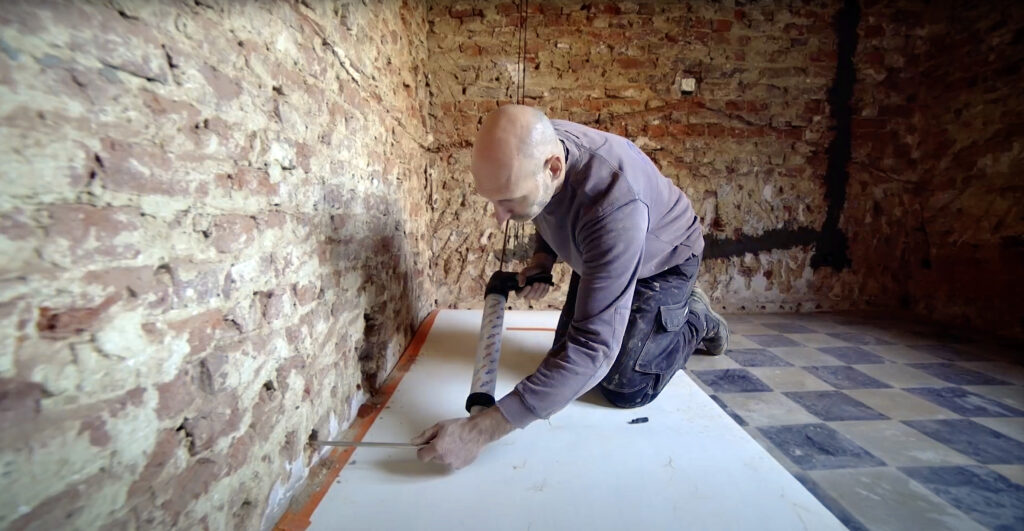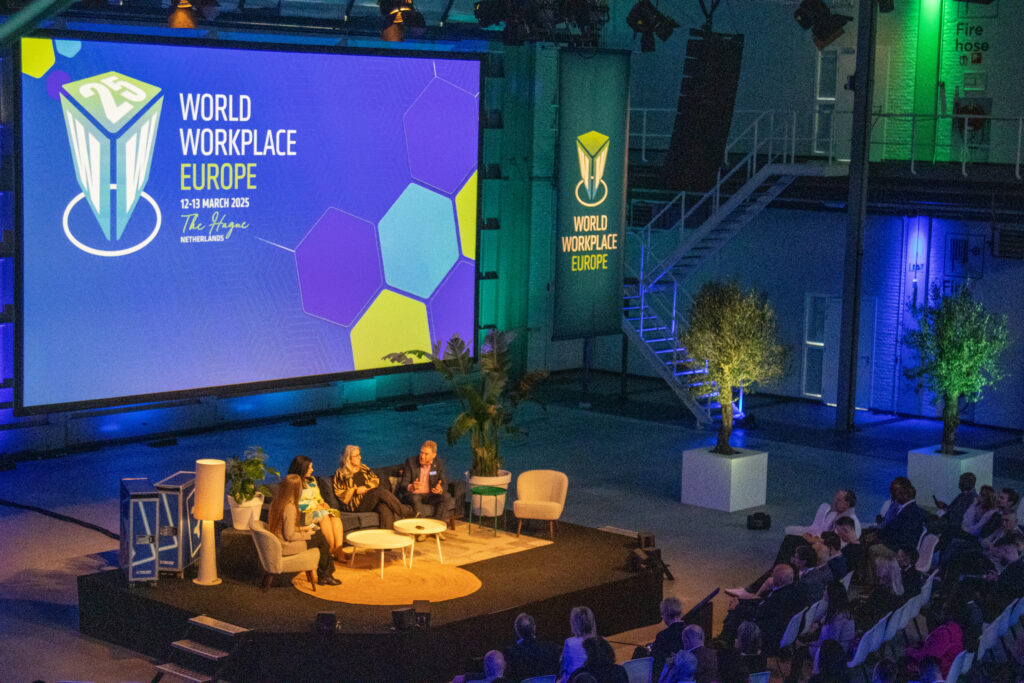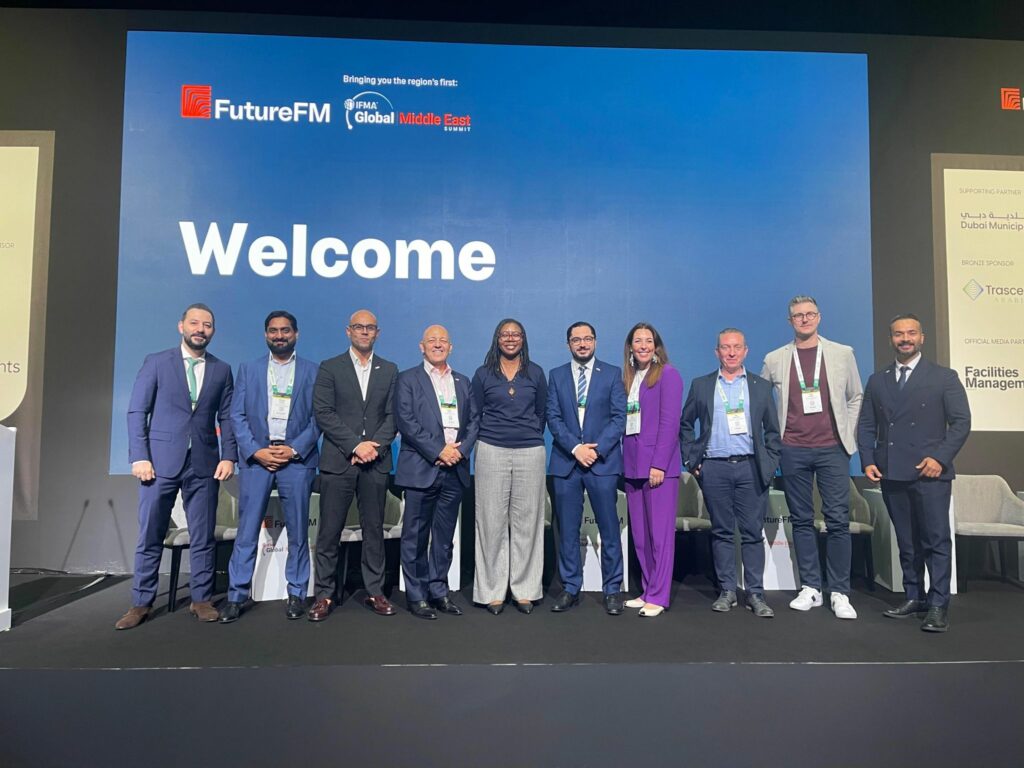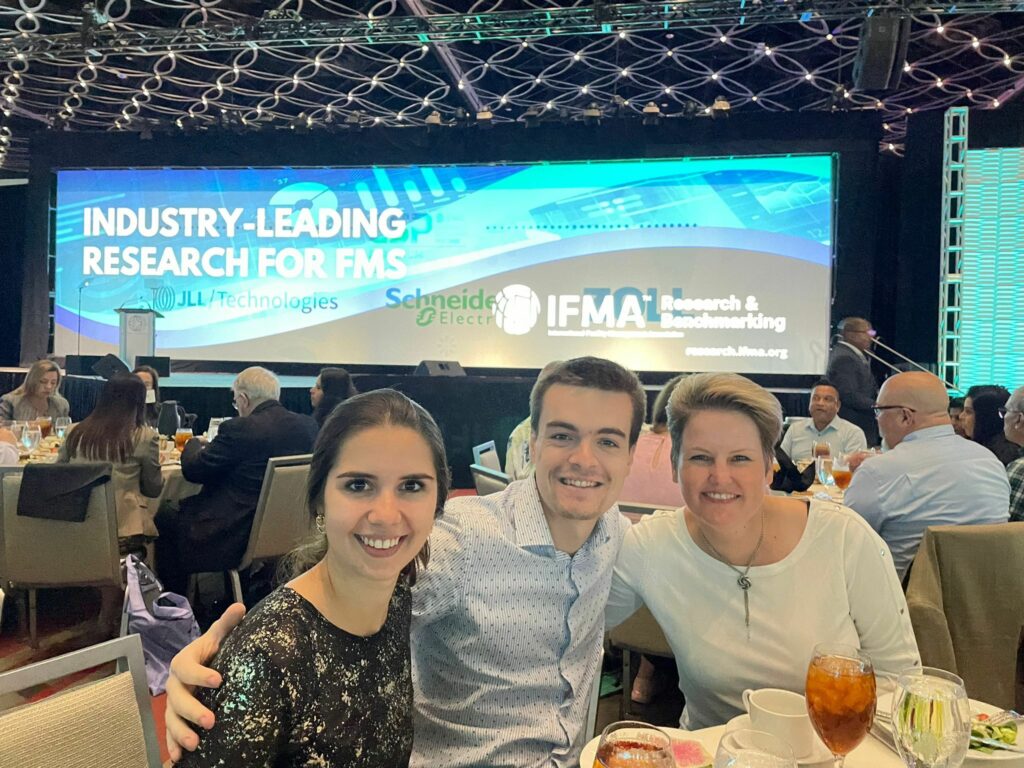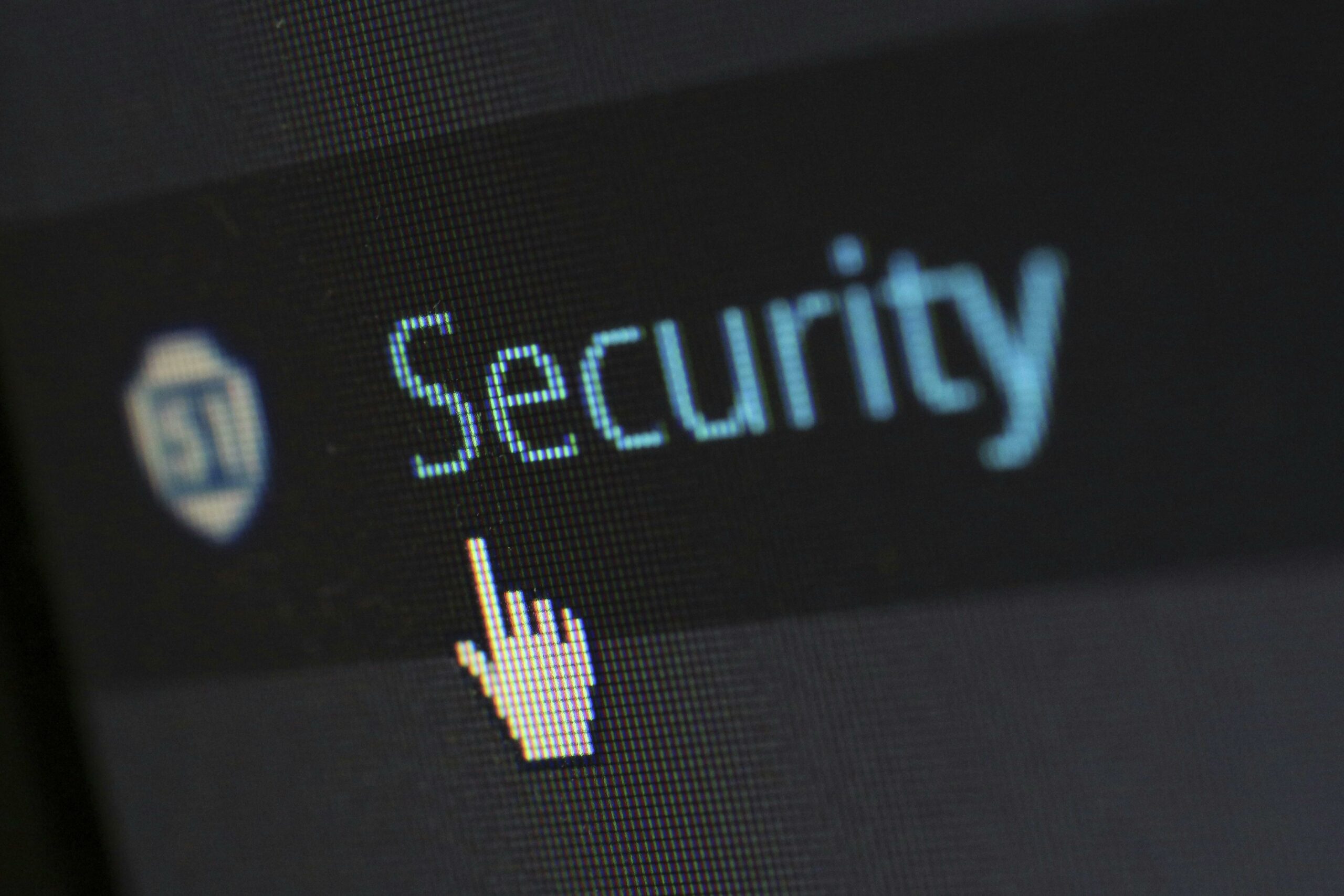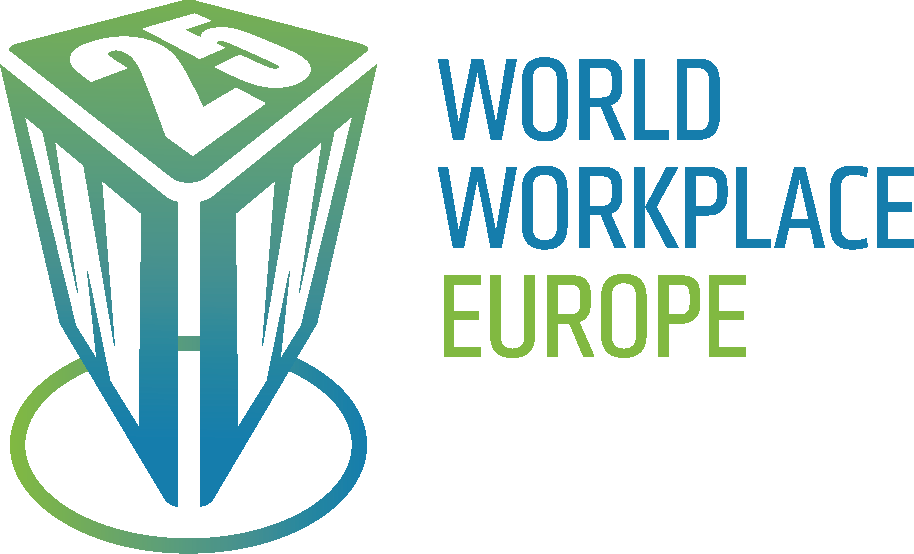In 2015, the United Nations set 17 Sustainable Development Goals for the world to be achieved by 2030.
Through their work environment, organizations and companies have an influence on almost all of the goals, which are summarized by the 3 Ps:
- People
- Profit
- Planet.
The central question? How can these 3 Ps influence the business model of an organization, or vice versa?

The climate challenge in figures
- Companies are responsible for more than 70% of annual CO 2 emissions.
- An office building consumes about 80 000 kWh of electricity per year, while the consumption of industrial buildings is estimated at about 150,000 kWh per year. This is 34.7 and 65.2 times more than the average household, respectively.
- About 60% of companies recognize climate change as a major risk to their business.
With skyrocketing prices, energy is certainly an important issue these days, but sustainability isn’t just about energy and CO2 emissions. It’s about finding a balance between people, the economy and the environment.
People: wellbeing of your employees and the community
Your people
In practical terms, employers are expected to bridge the gap between people and buildings by creating a healthy indoor and outdoor climate for their organization. This ranges from sufficient workspace ventilation, to safe work materials, to tailored work environments that meet personal preferences and the activities to be performed.
Your community
The primary community in your organization is your team, but you are also irrevocably part of a community outside of this immediate work environment. By surrounding yourself with partners who share the same sustainable values, you can easily create social value. Moreover, your company can add considerable value to its immediate surroundings if you dare to look a little further than the end of your nose. Why not, for example, make your restaurant, your company forest or your parking lot available to local residents?
Profit: working cost-efficiently with the local economy at heart
Moving towards a new and sustainable work model comes at a significant cost. Yet a people- and environment-friendly workplace goes hand in hand with cost-efficient management. Thanks to rising gas and energy prices, the ROI of insulation materials and investments in green energy is now a no-brainer. In addition, measures need to be scientifically underpinned, but above all they must be supported by a pragmatic approach. For example, better management of existing technical installations often already yields significant savings.
Planet: working with minimal impact on the environment
The above figures show that companies have a considerable impact on the environment. The heavyweights are the use of raw material, mobility, waste processing and energy and water consumption. The main challenge for organizations is to “green” their buildings, transportation and operations. Especially now that office buildings are rarely used to their full capacity, the path to a greener work environment is open.
What can your company do?
First and foremost, the rule for all companies is: measuring is knowing. Mapping out energy flows, mobility and the use of materials and resources is an important first step. Our experience shows that fortunately there are many quick wins for companies. Furthermore, we are convinced that in the future companies and organizations will have no choice but to implement long-term plans to reduce their environmental impact.
Find out more about Meliopus at www.meliopus.be
IFMA Belgium Chapter thanks our Ruby sponsor Meliopus for this article.




